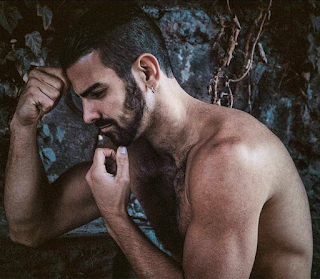Note: This is a new book edited by Media dis&dat's Beth Haller. The book is available from the Advocado Press in print form and as an e-book from Amazon. An audiobook available from iBooks is in the works.
FOR IMMEDIATE RELEASE
Helen
Keller is experiencing a 21st century renaissance. Finally she can
be embraced not as an iconic deaf-blind celebrity but as a significant
progressive thinker of the 20th century.
The
new book, Byline of Hope: Collected
Newspaper and Magazine Writing of Helen Keller, gives voice to her ideas
about how to make the world a better place and how to create a more equitable
and peaceful America. Keller's "was the perfect message for the 20th century...that positive social change could occur."
Helen
Keller’s life offers much for study; she was an author, a socialist, the star
of an early silent film, a vaudevillian, a suffragist, an international
advocate and fundraiser for blind people, and even a co-founder of the ACLU.
But no book has collected or examined her writings for newspapers and magazines
until now.
Byline of Hope
includes her newspaper and magazine articles located in publications like Good Housekeeping, Ladies Home Journal, and The
New York Times, as well a little-known monthly magazine column that carried
her byline for five years in the early 1930s. In an interview, Keller
biographer Dorothy Herrmann said of her 5-year stint as a magazine columnist: “This
is probably Helen Keller who Helen Keller was. It was Helen Keller unadorned by
helpers.”
The
book organizes her magazine and newspaper articles around themes, such as her
sensory experiences, her socialism, and her advocacy of women’s issues and
moral character.
Byline of Hope is published by the Advocado Press, which publishes books
on the disability experience in America. The $19.95 softcover book is available
for purchase online at www.advocadopress.org or as an e-book for $9.95 from Amazon.











